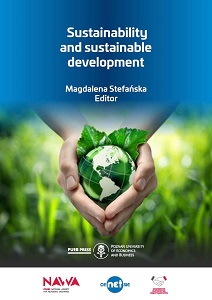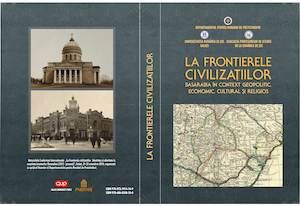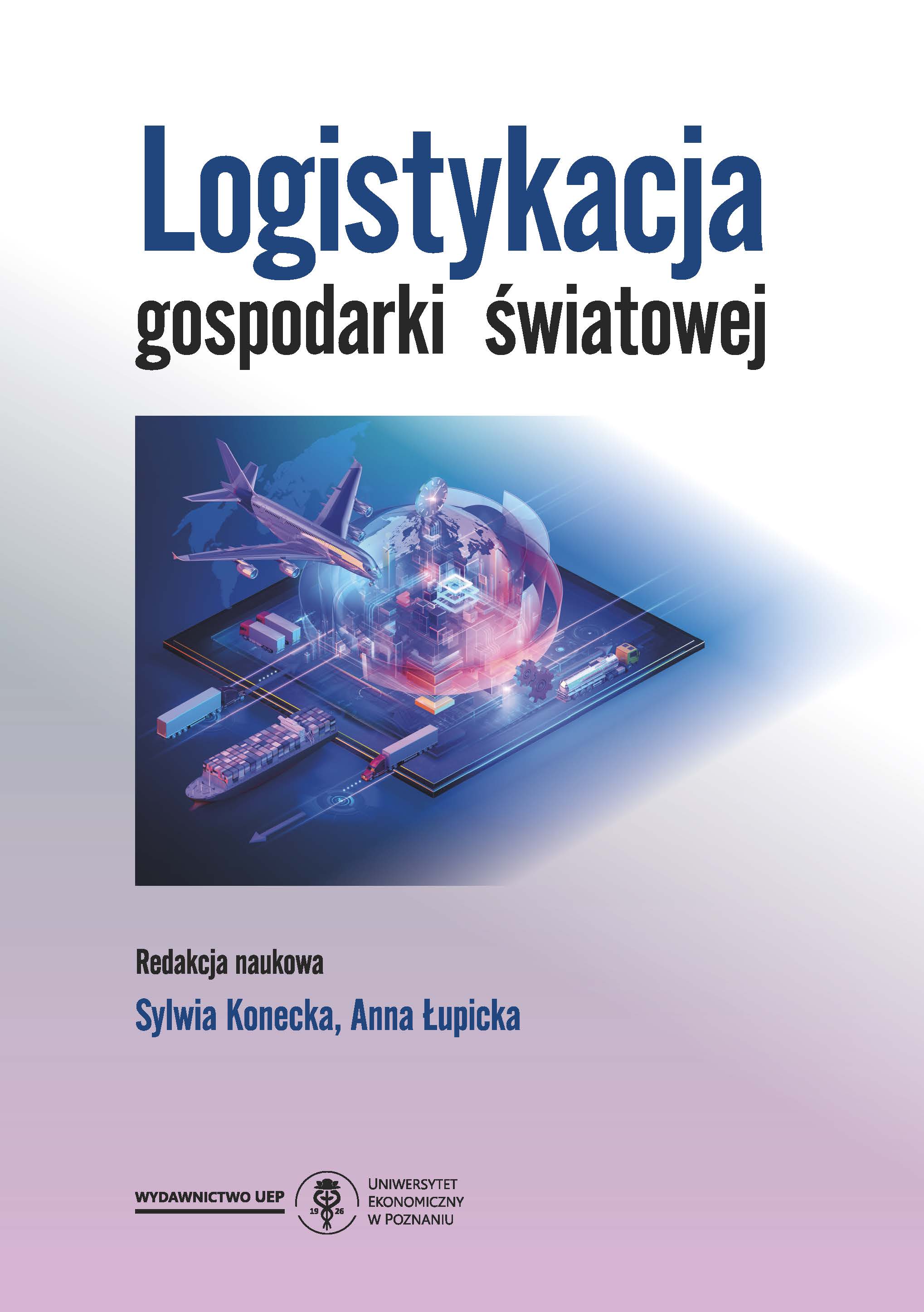Author(s): Suzana Marjanić / Language(s): Croatian
Publication Year: 0
Using the example of the town of Labin in Istria, I demonstrate how isolation, the so-called periphery, can also serve as an expression of resistance in a cultural niche. The collective Labin Art Express (L.A.E., initiated by Dean Zahtila, late Krešimir Farkaš, Graziano Kršić) is the initiator of the fundamental L.A.E. project Underground City XXI ‒ independent underground Labin cultural city as an alternative to the existing above-ground, heteronomous Labin, i.e. the creation of a real city 150 m below the earth’s surface ‒ in underground halls and tunnels, carved in solid rock, connecting Labin, Raša, Plomin and Rabac, with streets, bars, galleries, swimming pools, playgrounds for children, shops, restaurants, the Museum of Mining and Industry of Istria.
Thereby we can compare Labin in terms of urbanity and anthropology with the town of Katowice, which in 2018 was selected to host the most significant UN Climate Change Conference, following the 2015 Paris Agreement. Katowice were chosen as one of Europe’s most polluted sites due to the exploitation of coal i.e. the transition of the aforementioned town from a mining and industrial site to a modern industrial, economical, technological and cultural centre.
More...












